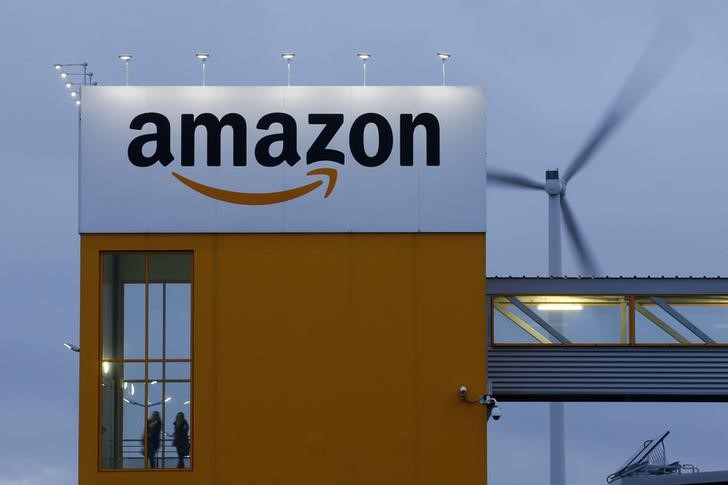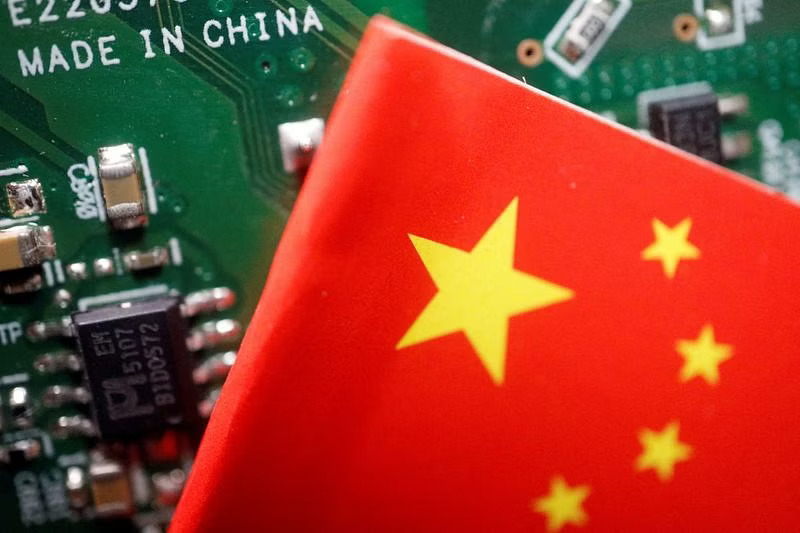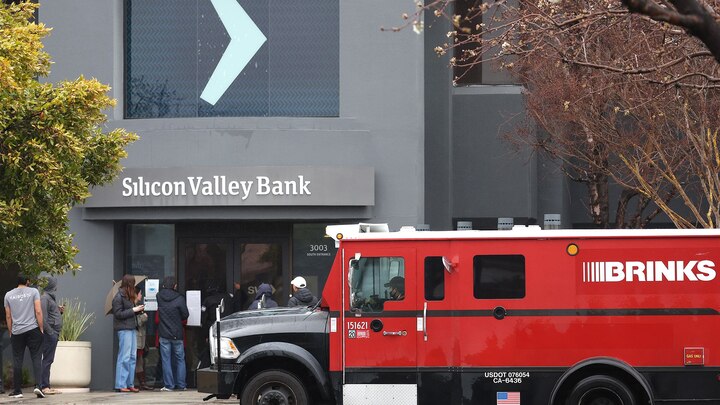Amazon plans to trim employee stock awards amid tough economy
As the world’s largest online retailer experiences an unstable economic climate, Amazon.com Inc said it will limit employee stock grants, a component of its compensation scheme.
Employees of Amazon are given shares of Amazon stock as just a component of their complete compensation scheme. These stocks are known as Restricted Stock Units (RSUs). These stocks vest throughout time as opposed to being granted at one time.

The tech behemoth stated in March that it intended to eliminate 9,000 employees, making it the most recent business in that sector to do so in the context of a potential downturn.
Also Read: Meta releases AI model that can identify items within images
Adding to a surge of job losses that have rocked the tech industry as a challenging economy compels corporations to get smaller, this announcement comes weeks since Amazon declared a new round of major layoffs.
“We made the decision to reduce RSU (restricted stock units) awards in the final outlook year by a small amount (other years are not impacted),” an Amazon spokesperson said in an emailed statement, without specifying the period of the final outlook year.
Source: economictimes.indiatimes.com
The announcement comes with Amazon’s announcement of a 2nd round of huge job cuts a few weeks earlier, adding to a surge of job losses that have rocked the technology industry since tough economic times compel firms and various businesses to become smaller.
The proposed adjustment to the firm’s pay scale was initially reported by Business Insider, which also stated that Amazon would re-evaluate 2025 salary during the initial quarter of 2019 to prepare for stock variation
“The company was weighing the possibility of adjusting its compensation model in the future to be more balanced between base cash compensation and equity, after looking at the combination of an uncertain economy and its compensation budget,” the spokesperson said.
Source: livemint.com
Following a nearly 50 percent share decline in 2022, Amazon’s share price has increased this year by more than 20 percent.
Also Read: Google Workers in London stage walkout over job cuts
As a part of massive layoffs, Amazon.com Inc. fired around 100 staff from its video-game businesses, Game Growth, including Prime Gaming, and the firm’s San Diego facility.
Even with its Crown channel which is an entertainment channel on the Twitch streaming video service, Amazon has had difficulty making the most of its gaming tools.

I am a student pursuing my bachelor’s in information technology. I have a interest in writing so, I am working a freelance content writer because I enjoy writing. I also write poetries. I believe in the quote by anne frank “paper has more patience than person





